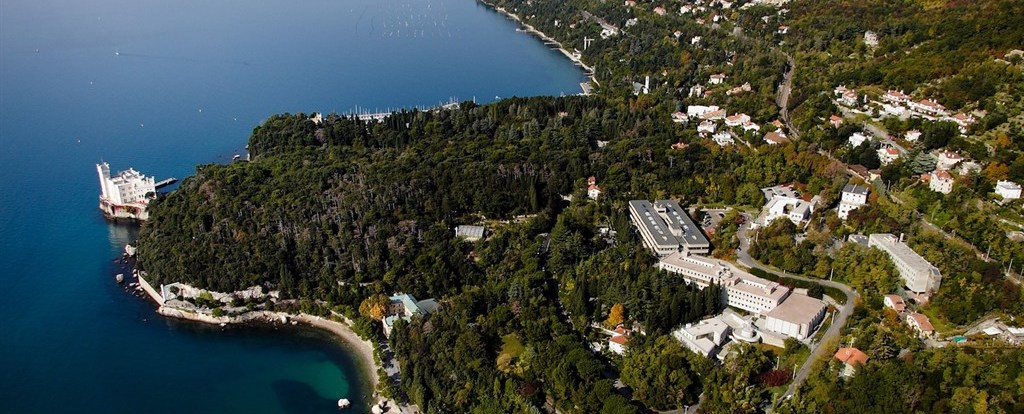Speaker
Description
Peculiar motions dominate the kinematics of the local universe. Also, well beyond our local neighbourhood, peculiar-velocity surveys have repeatedly reported the existence of bulk peculiar flows extending out to several hundreds of Mpc. Historically, relative-motion effects have been known to interfere with the way we have interpreted the observations in a number of cases. This work investigates the implications of bulk peculiar flows for the deceleration parameter of the universe, by employing a tilted'' cosmological model. The latter allows for two families of relatively moving observers, one of which follows the idealised reference frame of the Cosmic Microwave Background, while the other is identified with real observers living in typical galaxies like our Milky Way. We compare theory to observation by means of the Pantheon compilation of type-Ia supernovae, to show that thetilted-universe'' scenario can reproduce the late-time cosmic acceleration without the need of dark energy, or of a cosmological constant. We also consider the possibility of a dipole-like signature in the sky distribution of the deceleration parameter using the most recent Pantheon+ supernovae-Ia dataset.
